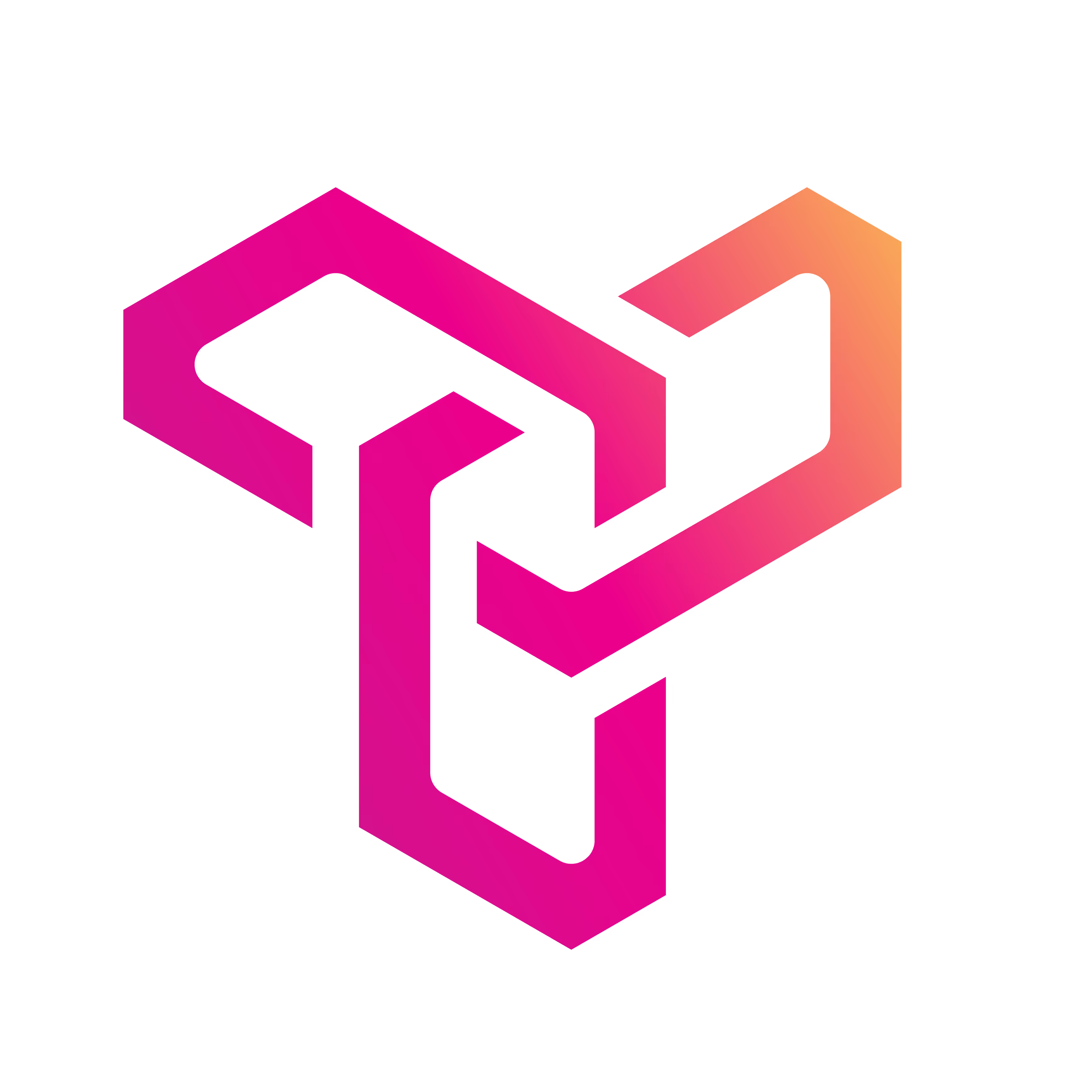What are sales triggers & intelligence?
Sales triggers & intelligence are tools that identify events and insights to help sales teams find and engage prospects faster.
What can sales triggers & intelligence do?
They alert you to prospect activities like funding, hiring, or product launches, enabling timely and relevant outreach.
How do sales triggers & intelligence work?
They monitor online activities, news, and data sources to collect real-time sales signals for lead prioritization.
Are sales triggers & intelligence easy to set up?
Most are easy to set up with simple integrations and customizable alerts requiring minimal technical skills.
Are sales triggers & intelligence free?
Some offer limited free plans or trials, but full features usually require paid subscriptions.
What is the common sales triggers & intelligence pricing?
Pricing typically ranges from $30 to $200+ per user monthly, depending on features and data volume.
What are the types of sales triggers & intelligence?
Types include website visitor tracking, funding alerts, hiring updates, product launches, and competitor moves.
Do sales triggers & intelligence work with email?
Yes, they often integrate with email tools to send automated, personalized outreach based on triggers.
What are the best sales triggers & intelligence tools?
Popular tools include HubSpot, LinkedIn Sales Navigator, ZoomInfo, and Clearbit for various sales insights.
What are common sales triggers & intelligence integrations?
They commonly integrate with CRMs, email platforms, marketing tools, and data enrichment services.














































